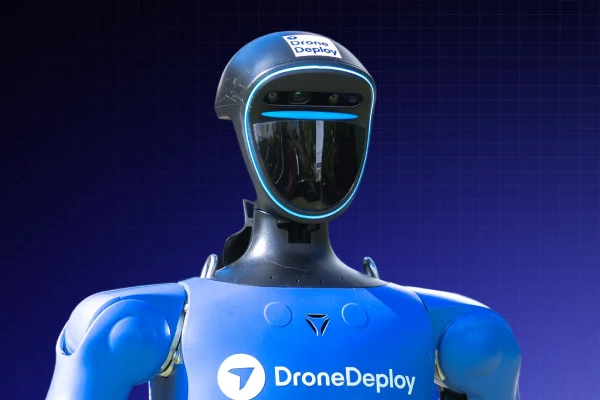How Drones Can Be Used In Agriculture?

Quick Summary
We’re right in the heart of the growing season, and farmers have already begun evaluating product trials and applying side-dress fertilizer applications. With a multitude of tasks and competing priorities, drone imagery complements your operations. Monitoring various treatments across your fields, identifying pests or weeds, and validating products are just some of the ways drone technology can assist agriculture professionals. Now, farmers can focus on increasing yield and reducing their bottom line instead of menial or administrative tasks, making the entire farm cycle more efficient.

Nitrogen Management and Product Validation
Managing your fertilizer applications is one of the essential management decisions during the season. Instead of basing these numbers solely on historical data, farmers can use drone data. By flying numerous times over their fields using the Plant Health Live Map, farmers can save time finding nitrogen-deficient areas vs. scouting large areas of their field on foot. If the user has a multi-spectral camera, DroneDeploy can process multi-spectral datasets for a more in-depth analysis. Furthering this effort is the ability to use advanced plant health analysis to visualize variability as a grid or zones. Lastly, these plant health maps can be exported as a shapefile from the DroneDeploy app to use in nitrogen prescription generation in other software applications.

Similar to this is drone data’s use in product validation. We recommend flying your fields multiple times this summer to evaluate product efficacy at every point of the season when used in test plots and test strips on your fields. Using the same Plant Health Live Map and multispectral imagery, farmers can identify which varieties of products have more vegetative vigor at various parts of the season. These maps provide a complete visual record to your clients of which products performed better, and can inform product selection for the next year.

Issue Identification and Monitoring
To locate diseases, pests, or weeds, first fly with Live Map. From here, users can use the RGB or plant health imagery to find patches of weeds by their different colors than the surrounding crops. Another key tell is if these weed patches show up in between the rows of plants. Once you’ve determined these problem areas in your field, take photos with your mobile phone and tag them to your completed map. Using Annotations, farmers can quantify the affected areas and receive exact measurements that are affected. Whether spraying pesticides, herbicides, or fungicide, fly the field again post-treatment to monitor that it’s been effective. Helpful in this is the side-by-side comparison functionality to view before-and-after imagery.

Damage Assessment
In the case of a severe weather event, drone imagery can be pivotal in providing insurance payout documentation. After flying your entire field, use the processed RGB map to find damaged areas. We frequently see this used for downed or damaged corn. By turning on advanced plant health analytics, one can look at zone variability within the field and easily designate the acreage of damaged crops. This map is an excellent record for your insurance claims as well.
Although the growing season has already begun, it’s not too late to incorporate drones as a pivotal piece of equipment. Insights gleaned from drone technology make product management, pest identification, and fertilizer applications more efficient and give hours back in manual labor. Drone imagery easily complements your tried-and-true farming processes and provides a visual record of work done.
If you’re interested in incorporating drone technology into your farming cycle, read some of our customer success stories, or contact us today. Want a more in-depth look at drones in agriculture? Watch our webinar on agriculture drone basics.
FAQ
Related articles
Ready to manage your data from the very start?
Book a quick call to see how DroneDeploy streamlines capture from construction through building ROI.
.svg)
.png)


